Choosing from today’s lineup of technical clothing can be overwhelming (and expensive). I grew up hunting in a cotton shirt, a pair of pants, and a jacket if it was cold. I always wore the same boots, same underwear, and the same frameless backpack. It was my hunting clothes; I considered them lucky – although I wore the same thing on both my “lucky” and “unlucky” hunts. I didn’t know the difference between different materials, or the advantages of them.
Today clothing has become much more technically engineered, and consequently, more difficult to understand. Today’s hunter has a myriad of choices when it comes to choosing what clothing to wear. While wearing fancy technical hunting clothing WILL NOT make you a better hunter…it will allow you to be more comfortable and allow for continued hunting in conditions that would have been hell in lesser clothing.
 So, let’s break down the common technical clothing categories:
Base Layer:
This is a layer that will be next to your skin. It’s pretty much a fancy word for underwear. As a kid I wore cotton long johns. Which when wet did not insulate or wick water away from my skin – leaving me wet and cold. A good base layer should be a thermal regulator with the ability to warm when wet. It should pull moisture away from your skin to keep your body dry. Today’s options are usually either a synthetic blend, or the increasingly popular merino wools. Personally I prefer a merino wool base, as it is soft compared to traditional wool, is naturally produced, is a great thermal regulator, and due to the increased fiber surface area – does a great job of odor control. You can literally wear it for day after day and it does not stink (relatively). Synthetics also do a great job. This past fall I primarily wore a Sitka Core Zip-T. I hunted early archery antelope in august and kept wearing it through the rifle hunts in October. As I progressed into colder temperatures through the season I added a bottom base layer – the Merino Bottom from Sitka. I typically don’t wear as much insulation on my legs and didn’t think I’d like to wear something like this as I initially compared it to cotton “long johns.” However, I love this garment. It’s comfortable and amazingly efficient at maintaining a comfortable temperature. I wear these under my waders every time I go fishing as well.
So, let’s break down the common technical clothing categories:
Base Layer:
This is a layer that will be next to your skin. It’s pretty much a fancy word for underwear. As a kid I wore cotton long johns. Which when wet did not insulate or wick water away from my skin – leaving me wet and cold. A good base layer should be a thermal regulator with the ability to warm when wet. It should pull moisture away from your skin to keep your body dry. Today’s options are usually either a synthetic blend, or the increasingly popular merino wools. Personally I prefer a merino wool base, as it is soft compared to traditional wool, is naturally produced, is a great thermal regulator, and due to the increased fiber surface area – does a great job of odor control. You can literally wear it for day after day and it does not stink (relatively). Synthetics also do a great job. This past fall I primarily wore a Sitka Core Zip-T. I hunted early archery antelope in august and kept wearing it through the rifle hunts in October. As I progressed into colder temperatures through the season I added a bottom base layer – the Merino Bottom from Sitka. I typically don’t wear as much insulation on my legs and didn’t think I’d like to wear something like this as I initially compared it to cotton “long johns.” However, I love this garment. It’s comfortable and amazingly efficient at maintaining a comfortable temperature. I wear these under my waders every time I go fishing as well.
 Insulation Layer(s):
You should probably have an insulation or middle layer on hand; you might not need it for the early season hunts, but purchase one to have on hand. This layer should also be breathable or you lose the advantages gained by a breathable base layer. I’d choose another layer of merino wool (thicker and warmer), a regular wool insulator, or a synthetic vest or jacket. “Puffy” jackets are a great mid layer that are very light and provide incredible heat to weight ratios that can be carried in a pack and worn when the temperatures drop. Vests are a great second layer as they keep your core warm and allow your arms the mobility of one less layer. For an insulating bottom layer I would suggest using a long underwear type base layer rather than a shorter boxer/brief, or a heavier weight merino wool or synthetic long underwear type base layer. This past season I wore the Kelvin Lite Jacket, a new garment from Sitka Gear (for 2013). This might be considered a “puffy” jacket. It is awesome as an insulating layer that can be worn under a shell in inclement weather, or as an outer jacket if it isn’t raining or snowing. The nice thing about this jacket is how packable and light it is while still providing incredible warmth. I would highly recommend it as an insulating layer.
Shell/Outer Layer:
Every season I run into afternoon high country thunderstorms or early snows. Some of these are forecasted, others come on fast and strong with no early signs or symptoms. Your outer layer should be waterproof and breathable. 20 years ago there wasn’t much on the market that fit this bill. Today there are a lot of options. These shells are very lightweight, can be carried in your pack or worn without noticing extra weight. They should be wind proof/resistant and allow for breathability. Last season I wore a Jetstream lite Jacket. It worked very well as a wind stopper and shell. That being said, I plan on upgrading to the Jetstream Jacket, as I like the advantage of an attached hood, and it provides a little bit more warmth.
For pants I wore the Sitka Mountain Pant. These held up well in every situation I put them through. The removable knee pads were great for early season archery stalks, although wearing them all day in the heat was a little bit warm. The seams held up well, and the reinforced knee, cuff, and bottom were very durable. They are not a waterproof pant, but they did shed the rain and snow well enough that I hunted in the Mountain Pant and Merino Base in snow up to 5 or 6 inches and never wished I had an additional waterproof layer. That being said – a waterproof pant would be a good idea to have in case you get caught in some nasty weather -- especially in the deep backcountry.
A simple 3 layer system should cover most of your needs. Additional insulating and barrier layers can be added as the season gets later, temperatures drop, or you’re hunting in very wet and nasty conditions. I highly recommend Sitka’s system builder as a recommendation for a clothing system that is right for you. I would also check out the new 90% series that’s been redesigned for 2014. You can read about the improvements in this short post.
Insulation Layer(s):
You should probably have an insulation or middle layer on hand; you might not need it for the early season hunts, but purchase one to have on hand. This layer should also be breathable or you lose the advantages gained by a breathable base layer. I’d choose another layer of merino wool (thicker and warmer), a regular wool insulator, or a synthetic vest or jacket. “Puffy” jackets are a great mid layer that are very light and provide incredible heat to weight ratios that can be carried in a pack and worn when the temperatures drop. Vests are a great second layer as they keep your core warm and allow your arms the mobility of one less layer. For an insulating bottom layer I would suggest using a long underwear type base layer rather than a shorter boxer/brief, or a heavier weight merino wool or synthetic long underwear type base layer. This past season I wore the Kelvin Lite Jacket, a new garment from Sitka Gear (for 2013). This might be considered a “puffy” jacket. It is awesome as an insulating layer that can be worn under a shell in inclement weather, or as an outer jacket if it isn’t raining or snowing. The nice thing about this jacket is how packable and light it is while still providing incredible warmth. I would highly recommend it as an insulating layer.
Shell/Outer Layer:
Every season I run into afternoon high country thunderstorms or early snows. Some of these are forecasted, others come on fast and strong with no early signs or symptoms. Your outer layer should be waterproof and breathable. 20 years ago there wasn’t much on the market that fit this bill. Today there are a lot of options. These shells are very lightweight, can be carried in your pack or worn without noticing extra weight. They should be wind proof/resistant and allow for breathability. Last season I wore a Jetstream lite Jacket. It worked very well as a wind stopper and shell. That being said, I plan on upgrading to the Jetstream Jacket, as I like the advantage of an attached hood, and it provides a little bit more warmth.
For pants I wore the Sitka Mountain Pant. These held up well in every situation I put them through. The removable knee pads were great for early season archery stalks, although wearing them all day in the heat was a little bit warm. The seams held up well, and the reinforced knee, cuff, and bottom were very durable. They are not a waterproof pant, but they did shed the rain and snow well enough that I hunted in the Mountain Pant and Merino Base in snow up to 5 or 6 inches and never wished I had an additional waterproof layer. That being said – a waterproof pant would be a good idea to have in case you get caught in some nasty weather -- especially in the deep backcountry.
A simple 3 layer system should cover most of your needs. Additional insulating and barrier layers can be added as the season gets later, temperatures drop, or you’re hunting in very wet and nasty conditions. I highly recommend Sitka’s system builder as a recommendation for a clothing system that is right for you. I would also check out the new 90% series that’s been redesigned for 2014. You can read about the improvements in this short post.
 I will tell you that I am a convert to the technical clothing systems. A few years ago, I had my doubts about the cost, and thought it was as much a fashion statement as anything. Having used gear from Sitka and others over the past few years, I’ve been converted. Technical and performance clothing truly does allow you to be lighter on your feet, more comfortable, and able to hunt longer, which makes it well worth the expense.
I will tell you that I am a convert to the technical clothing systems. A few years ago, I had my doubts about the cost, and thought it was as much a fashion statement as anything. Having used gear from Sitka and others over the past few years, I’ve been converted. Technical and performance clothing truly does allow you to be lighter on your feet, more comfortable, and able to hunt longer, which makes it well worth the expense.
 So, let’s break down the common technical clothing categories:
Base Layer:
This is a layer that will be next to your skin. It’s pretty much a fancy word for underwear. As a kid I wore cotton long johns. Which when wet did not insulate or wick water away from my skin – leaving me wet and cold. A good base layer should be a thermal regulator with the ability to warm when wet. It should pull moisture away from your skin to keep your body dry. Today’s options are usually either a synthetic blend, or the increasingly popular merino wools. Personally I prefer a merino wool base, as it is soft compared to traditional wool, is naturally produced, is a great thermal regulator, and due to the increased fiber surface area – does a great job of odor control. You can literally wear it for day after day and it does not stink (relatively). Synthetics also do a great job. This past fall I primarily wore a Sitka Core Zip-T. I hunted early archery antelope in august and kept wearing it through the rifle hunts in October. As I progressed into colder temperatures through the season I added a bottom base layer – the Merino Bottom from Sitka. I typically don’t wear as much insulation on my legs and didn’t think I’d like to wear something like this as I initially compared it to cotton “long johns.” However, I love this garment. It’s comfortable and amazingly efficient at maintaining a comfortable temperature. I wear these under my waders every time I go fishing as well.
So, let’s break down the common technical clothing categories:
Base Layer:
This is a layer that will be next to your skin. It’s pretty much a fancy word for underwear. As a kid I wore cotton long johns. Which when wet did not insulate or wick water away from my skin – leaving me wet and cold. A good base layer should be a thermal regulator with the ability to warm when wet. It should pull moisture away from your skin to keep your body dry. Today’s options are usually either a synthetic blend, or the increasingly popular merino wools. Personally I prefer a merino wool base, as it is soft compared to traditional wool, is naturally produced, is a great thermal regulator, and due to the increased fiber surface area – does a great job of odor control. You can literally wear it for day after day and it does not stink (relatively). Synthetics also do a great job. This past fall I primarily wore a Sitka Core Zip-T. I hunted early archery antelope in august and kept wearing it through the rifle hunts in October. As I progressed into colder temperatures through the season I added a bottom base layer – the Merino Bottom from Sitka. I typically don’t wear as much insulation on my legs and didn’t think I’d like to wear something like this as I initially compared it to cotton “long johns.” However, I love this garment. It’s comfortable and amazingly efficient at maintaining a comfortable temperature. I wear these under my waders every time I go fishing as well.
 Insulation Layer(s):
You should probably have an insulation or middle layer on hand; you might not need it for the early season hunts, but purchase one to have on hand. This layer should also be breathable or you lose the advantages gained by a breathable base layer. I’d choose another layer of merino wool (thicker and warmer), a regular wool insulator, or a synthetic vest or jacket. “Puffy” jackets are a great mid layer that are very light and provide incredible heat to weight ratios that can be carried in a pack and worn when the temperatures drop. Vests are a great second layer as they keep your core warm and allow your arms the mobility of one less layer. For an insulating bottom layer I would suggest using a long underwear type base layer rather than a shorter boxer/brief, or a heavier weight merino wool or synthetic long underwear type base layer. This past season I wore the Kelvin Lite Jacket, a new garment from Sitka Gear (for 2013). This might be considered a “puffy” jacket. It is awesome as an insulating layer that can be worn under a shell in inclement weather, or as an outer jacket if it isn’t raining or snowing. The nice thing about this jacket is how packable and light it is while still providing incredible warmth. I would highly recommend it as an insulating layer.
Shell/Outer Layer:
Every season I run into afternoon high country thunderstorms or early snows. Some of these are forecasted, others come on fast and strong with no early signs or symptoms. Your outer layer should be waterproof and breathable. 20 years ago there wasn’t much on the market that fit this bill. Today there are a lot of options. These shells are very lightweight, can be carried in your pack or worn without noticing extra weight. They should be wind proof/resistant and allow for breathability. Last season I wore a Jetstream lite Jacket. It worked very well as a wind stopper and shell. That being said, I plan on upgrading to the Jetstream Jacket, as I like the advantage of an attached hood, and it provides a little bit more warmth.
For pants I wore the Sitka Mountain Pant. These held up well in every situation I put them through. The removable knee pads were great for early season archery stalks, although wearing them all day in the heat was a little bit warm. The seams held up well, and the reinforced knee, cuff, and bottom were very durable. They are not a waterproof pant, but they did shed the rain and snow well enough that I hunted in the Mountain Pant and Merino Base in snow up to 5 or 6 inches and never wished I had an additional waterproof layer. That being said – a waterproof pant would be a good idea to have in case you get caught in some nasty weather -- especially in the deep backcountry.
A simple 3 layer system should cover most of your needs. Additional insulating and barrier layers can be added as the season gets later, temperatures drop, or you’re hunting in very wet and nasty conditions. I highly recommend Sitka’s system builder as a recommendation for a clothing system that is right for you. I would also check out the new 90% series that’s been redesigned for 2014. You can read about the improvements in this short post.
Insulation Layer(s):
You should probably have an insulation or middle layer on hand; you might not need it for the early season hunts, but purchase one to have on hand. This layer should also be breathable or you lose the advantages gained by a breathable base layer. I’d choose another layer of merino wool (thicker and warmer), a regular wool insulator, or a synthetic vest or jacket. “Puffy” jackets are a great mid layer that are very light and provide incredible heat to weight ratios that can be carried in a pack and worn when the temperatures drop. Vests are a great second layer as they keep your core warm and allow your arms the mobility of one less layer. For an insulating bottom layer I would suggest using a long underwear type base layer rather than a shorter boxer/brief, or a heavier weight merino wool or synthetic long underwear type base layer. This past season I wore the Kelvin Lite Jacket, a new garment from Sitka Gear (for 2013). This might be considered a “puffy” jacket. It is awesome as an insulating layer that can be worn under a shell in inclement weather, or as an outer jacket if it isn’t raining or snowing. The nice thing about this jacket is how packable and light it is while still providing incredible warmth. I would highly recommend it as an insulating layer.
Shell/Outer Layer:
Every season I run into afternoon high country thunderstorms or early snows. Some of these are forecasted, others come on fast and strong with no early signs or symptoms. Your outer layer should be waterproof and breathable. 20 years ago there wasn’t much on the market that fit this bill. Today there are a lot of options. These shells are very lightweight, can be carried in your pack or worn without noticing extra weight. They should be wind proof/resistant and allow for breathability. Last season I wore a Jetstream lite Jacket. It worked very well as a wind stopper and shell. That being said, I plan on upgrading to the Jetstream Jacket, as I like the advantage of an attached hood, and it provides a little bit more warmth.
For pants I wore the Sitka Mountain Pant. These held up well in every situation I put them through. The removable knee pads were great for early season archery stalks, although wearing them all day in the heat was a little bit warm. The seams held up well, and the reinforced knee, cuff, and bottom were very durable. They are not a waterproof pant, but they did shed the rain and snow well enough that I hunted in the Mountain Pant and Merino Base in snow up to 5 or 6 inches and never wished I had an additional waterproof layer. That being said – a waterproof pant would be a good idea to have in case you get caught in some nasty weather -- especially in the deep backcountry.
A simple 3 layer system should cover most of your needs. Additional insulating and barrier layers can be added as the season gets later, temperatures drop, or you’re hunting in very wet and nasty conditions. I highly recommend Sitka’s system builder as a recommendation for a clothing system that is right for you. I would also check out the new 90% series that’s been redesigned for 2014. You can read about the improvements in this short post.
 I will tell you that I am a convert to the technical clothing systems. A few years ago, I had my doubts about the cost, and thought it was as much a fashion statement as anything. Having used gear from Sitka and others over the past few years, I’ve been converted. Technical and performance clothing truly does allow you to be lighter on your feet, more comfortable, and able to hunt longer, which makes it well worth the expense.
I will tell you that I am a convert to the technical clothing systems. A few years ago, I had my doubts about the cost, and thought it was as much a fashion statement as anything. Having used gear from Sitka and others over the past few years, I’ve been converted. Technical and performance clothing truly does allow you to be lighter on your feet, more comfortable, and able to hunt longer, which makes it well worth the expense.





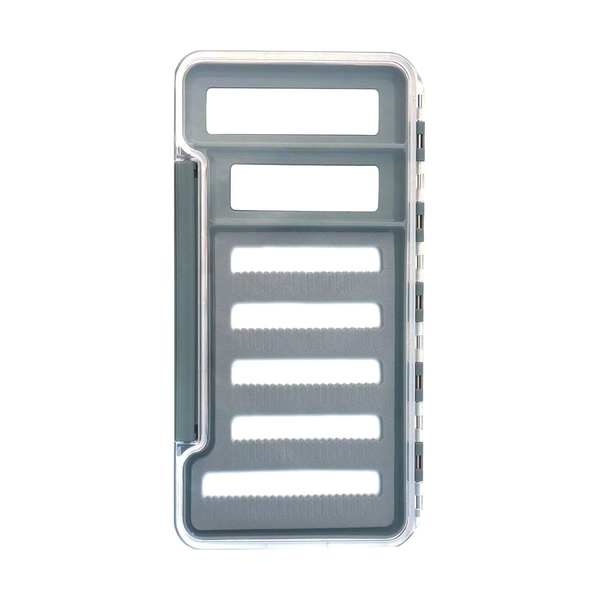
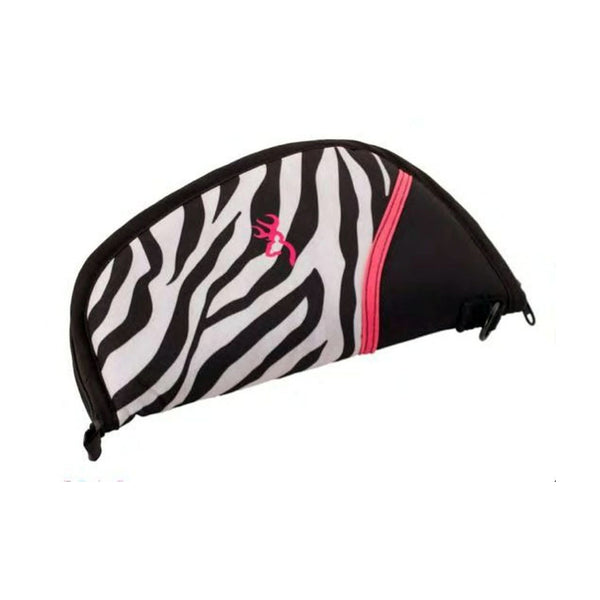
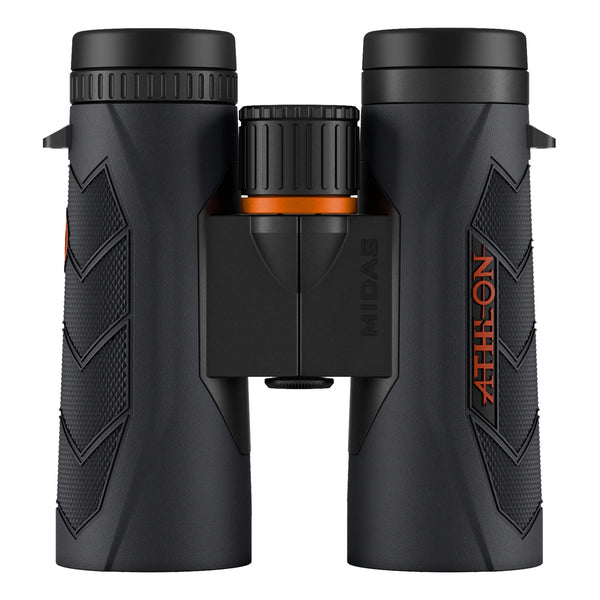

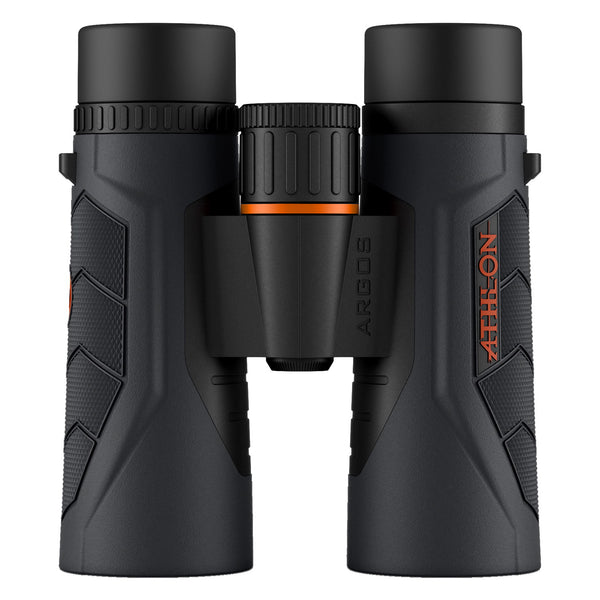
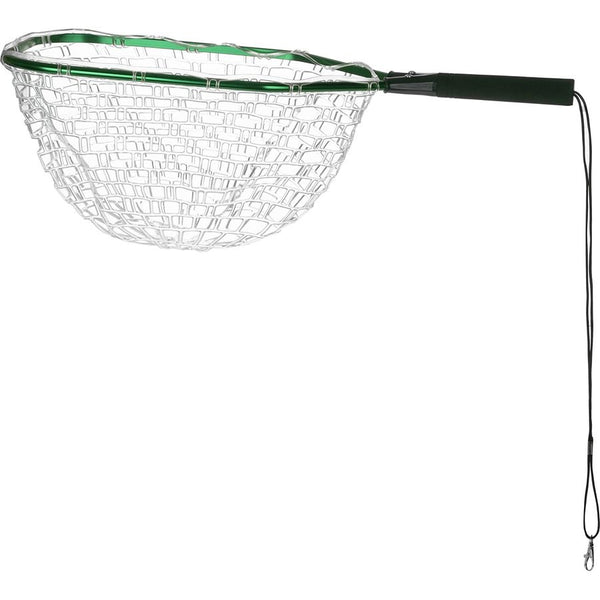







Leave a comment